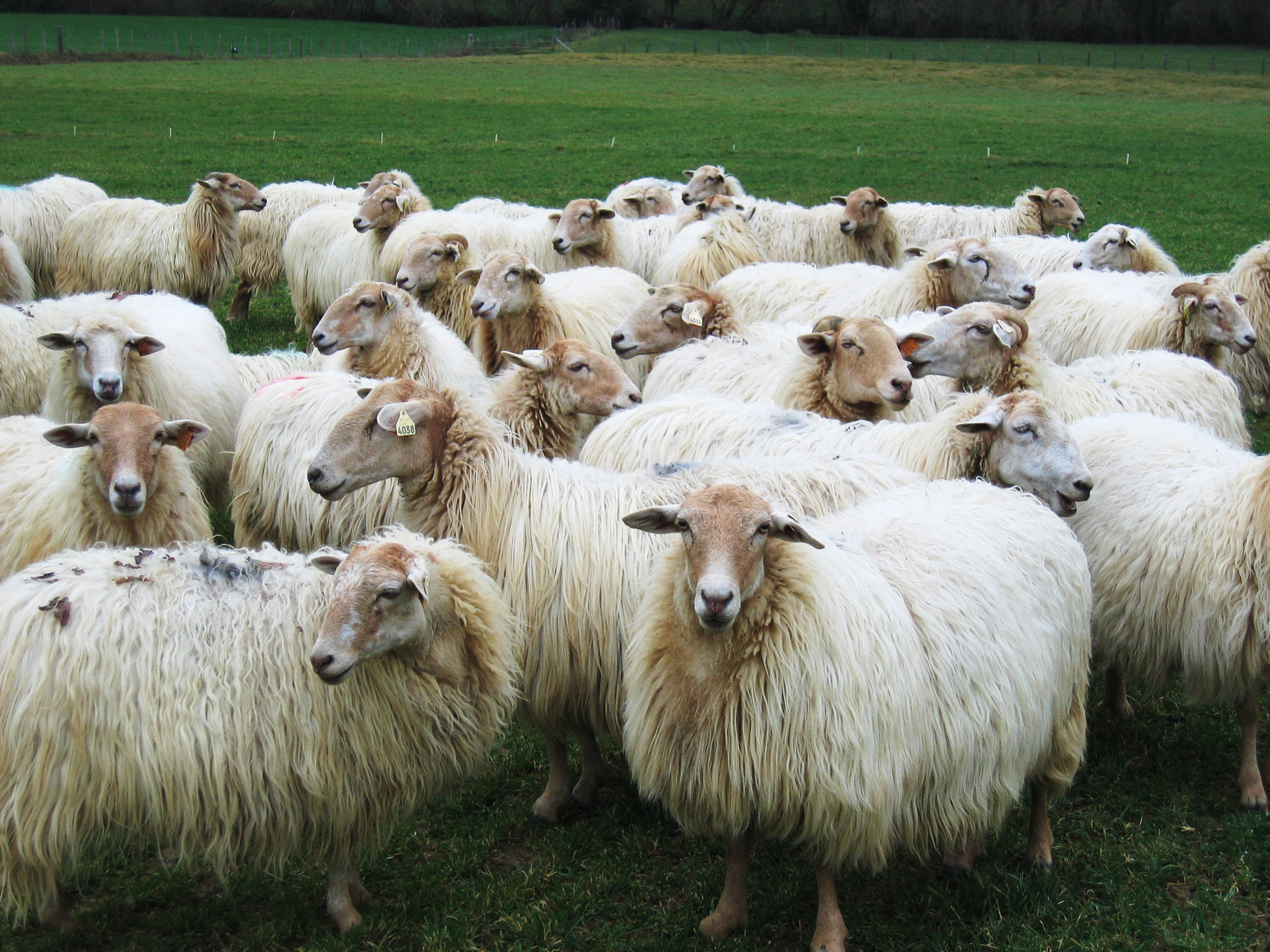 Columbia Cheese--a super cool cheese importer--wrote a lovely missive on Charllerhocker, one of our favorite cheeses from Switzerland:
Columbia Cheese--a super cool cheese importer--wrote a lovely missive on Charllerhocker, one of our favorite cheeses from Switzerland:
I first met Walter Rass in May of 2012 at his dairy in Tufertschwil, Switzerland. I was immediately struck by the remarkable hybridity of the operation- here was this master cheesemaker, 25 years at his own family dairy, producing a unicorn he called Challerhocker, a cheese built for the modern cheesemonger; alongside, on alternating days, he was still making an exceptional Appenzeller for the mass market.
Both cheeses were studies in precision, every wheel seemed perfect and consistent and photo-ready. That day I even met his Appenzeller dealer- the man responsible for grading his every batch of Appenzeller cheese- and they let me join them bending plugs and sniffing rinds. He was effusive in his praise, pointing to Walter’s vaunted status in Appenzeller circles- the best of the best. Yet, here he was very publicly steering his ship toward a cheese of his own design, one that would harness the precision and economy of Appenzeller production but also reach back through time to reintroduce true craft into creation.
Within the bright white walls of the sparkling dairy upon which Walter rebuilt his family home years ago, he was infusing Challerhocker with the spirit of his home and his village- the cultures were now embedded in yogurt his wife Annelies would make in weekly batches. The rennet arrived not in freeze-dried packets or tan vials but as whole calves stomachs, dried and ready to be cut slowly into strips and steeped in this same family brew. To drive the point home the rough, hand drawn label read “Walter and Annelise Rass, Tufertschwil Switzerland”.
Challerhocker became even more deeply rooted in our and our customers unconscious minds. The next year found Challerhocker production surpassing Appenzeller. Finally by June of 2014, we arrived at the dairy to the news that Challerhocker was now the only way forward- Walter had officially ceased production of Appenzeller.
This didn’t just mean that we would have enough cheese to fill orders through December for the first time ever. It meant Walter had turned a corner, and that we- and by “we” I mean Columbia Cheese and our retail partners throughout the US- were now written into the story. The cheese was coming and it was up to us to help it find a home, to share what we loved and give it shape to the folks wandering into our shops each and every day.
As a part of this process, I traveled again last week to see Walter and Annelies and to attempt an objective documentation of the cheeses, the process, the milk supply, the cultures, etc. Frankly, I was trying to get to the essence of the ephemeral. It proved to be a challenging assignment. What I was hoping to share was the precision by which Walter transforms his traditional raw materials (fresh, small-herd milk/ house produced cultures/ house made rennet/ simple brine) into a now familiar and remarkably consistent “product” by way of modern mechanics (a hose to transport curd from vat to the typical contemporary press) and historic craftsmanship.
The difficulty was in finding where recipe and development and daily craftsmanship intersected. Walter’s every movement seems designed for a specific, minute task and frankly it was difficult to keep up with him (as the blurry photo of the pouring of culture into the vat attests). The ongoing and immediate adjustments were impossible to capture. And in spite of some obvious consistencies and efficiencies procured from years of success, the essential nature of the production remains enigmatic. Why does he skim the fat from culture with a gentle blowing of air across its surface? How does he know exactly how many cheeses he can wash in the cellar before returning to a properly prepared cut curd? He couldn’t answer these questions, either.
As the morning wound down, I found myself watching Walter as he collected every single rice-grain-sized curd in the draining table, as he has every day for 25 years. It was a stark reminder that these cheeses were historically instruments of an essential agricultural economy. It is only through innovation, superior craftsmanship, and the everyday work of the dedicated cheesemonger that they have become objects of desire, lifted out of the commodity market and given a place at the center of our culinary lives.
Yours in cheese, Jonathan
Re-posted with permission from Columbia Cheese





